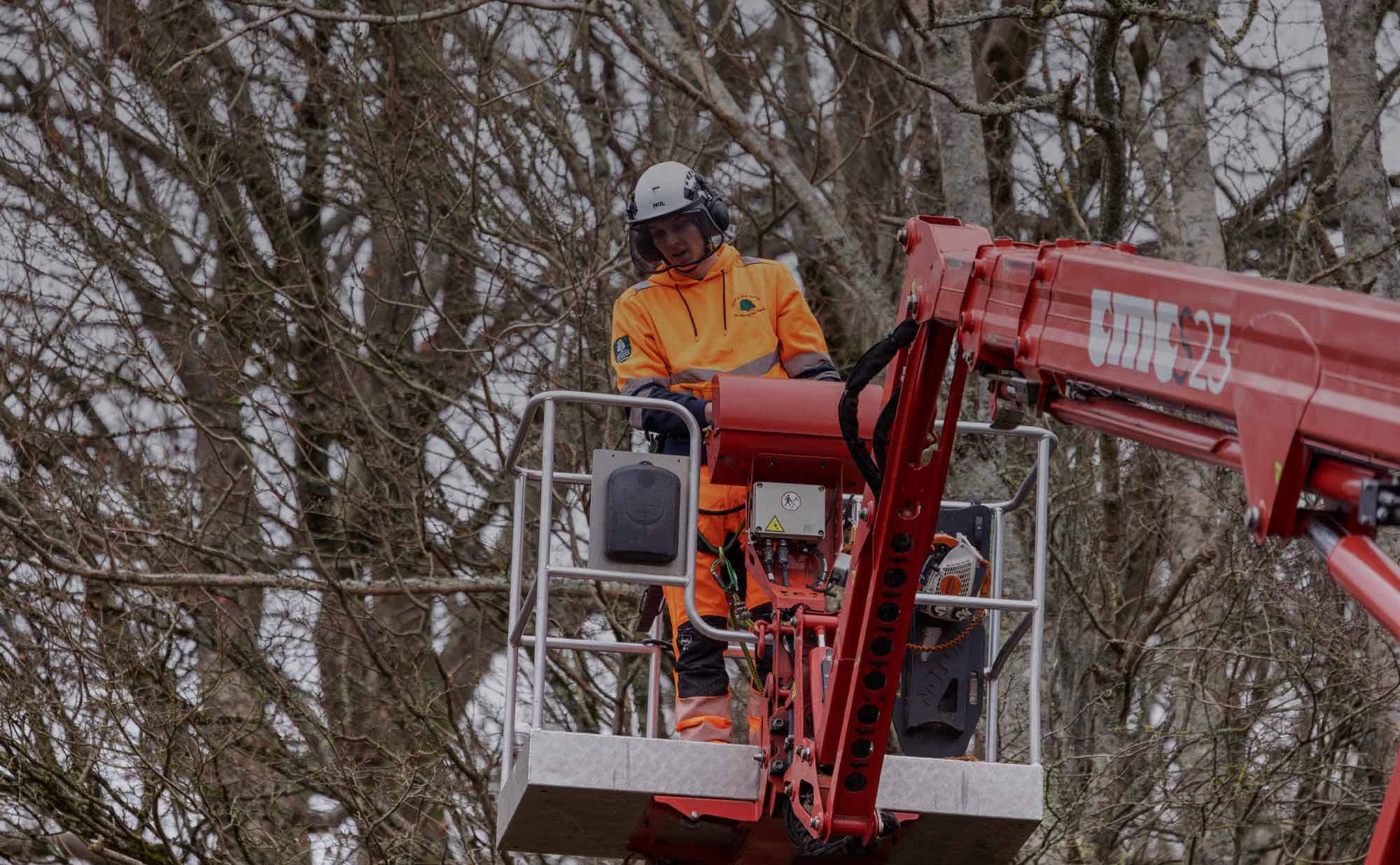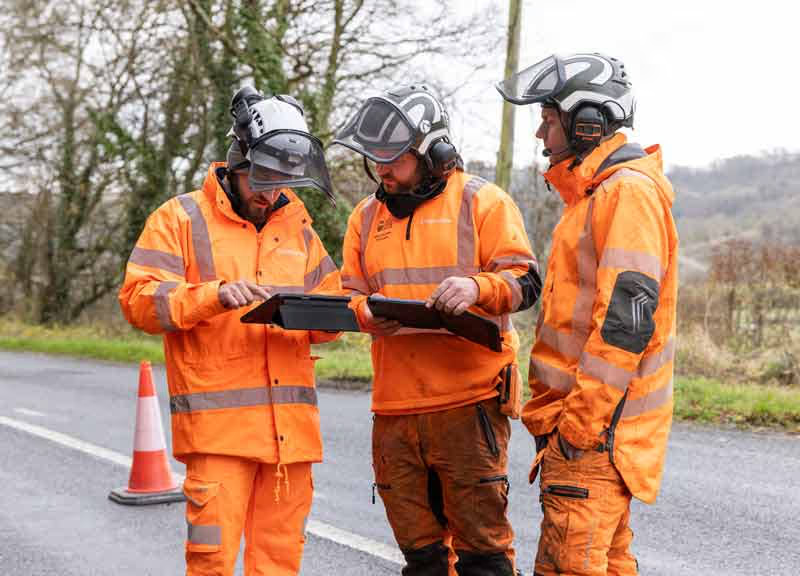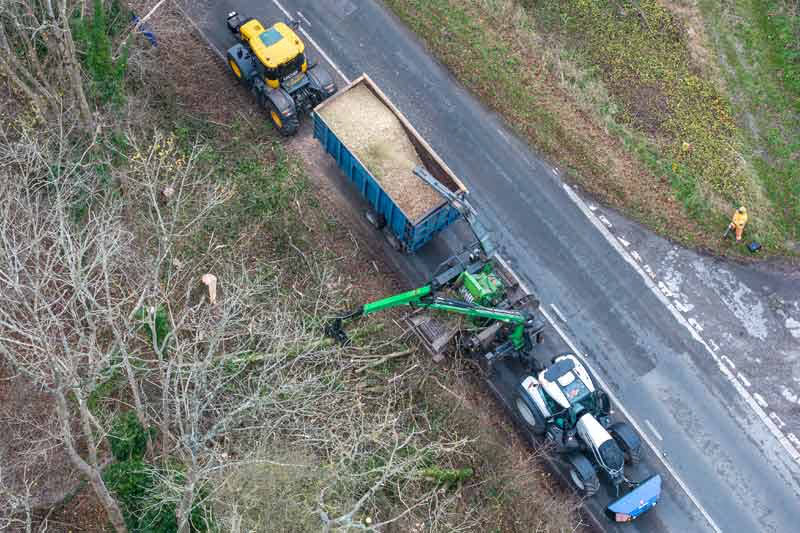



We've redefined arboriculture with cutting-edge technology and advanced machinery, boosting efficiency and reducing risk.
Euroforest Arboriculture is a nationally accredited leader in tree management, providing safe, efficient solutions across the UK. We work with local authorities, the MOD, NGOs, private landowners, and utilities, handling everything from single tree removals to large-scale projects. As an Arb Association and National Highways Sector Scheme 18 accredited business, we specialise in the safe removal of dangerous trees and deliver tailored arboricultural services with advanced methods and strict safety standards.
"We lead the way in safe tree management by combining innovation, advanced technology, and a commitment to quality for all our clients."
Will Rolph, Arb Manager
Mechanised Arboriculture:
We deliver industry leading mechanised arboriculture using advanced equipment to maximise safety and efficiency. Our specialist machinery, including Sennebogen, Menzi-Muck, Merlo, lorry-mounted and crawler cranes, enables us to dismantle hazardous trees, clear roadside vegetation, and manage edge trees on harvesting sites, reducing risks for the public and our clients.
Surveying & Consultancy:
Our qualified Arboriculturists, working alongside Euroforest Silviculture, provide tree risk assessments and expert consultancy. We combine mechanised and traditional methods for soft felling, ecological control, and veteran tree management. With MEWPs and crane dismantling, we conduct surveys, habitat inspections, and safe removals without the risks of climbing, ensuring both safety and biodiversity are prioritised.
Traditional Arboriculture:
We offer a full range of tree care services to maintain health and safety. This includes pruning, crown reduction, pollarding, deadwood removal, and crown lifting. Our team also carries out cutbacks to protect infrastructure and stump grinding with tracked or wheeled grinders for efficient site restoration.
Chipping, Shredding & Haulage:
All material from our work is processed through chipping and shredding to meet market standards. Working with Euroforest Haulage and AW Jenkinson Transport, we provide cost-effective solutions for the efficient transport of roundwood and chip products.
Explore our project spotlights to see our expertise in action
.svg)



Our leadership team brings decades of expertise in arboriculture, ensuring safe, efficient, and sustainable tree services across the UK. Committed to innovation and excellence, they drive our mission to deliver the highest industry standards in professional tree management.
Meet the leaders revolutionising tree services across the UK. Visit Leaders in our Field page
Offering a glimpse into how we approach and overcome complex challenges with innovative solutions. These real -world examples demonstrate the tangible outcomes we deliver, reinforcing our position as trusted experts in Arbrioculture.
Explore our project spotlights to see our expertise in action

